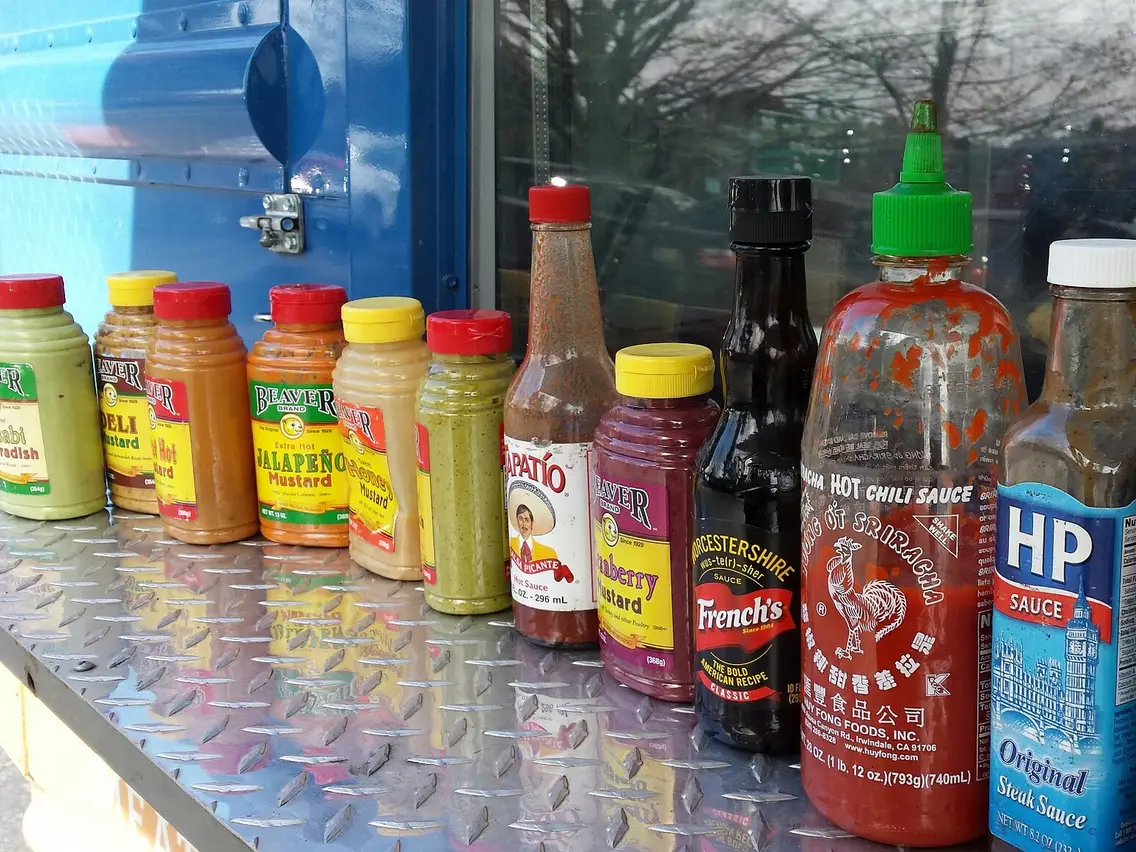Sauces are a staple in many cuisines, adding flavor and depth to dishes. However, once opened, the question arises: how long can sauce last in the fridge? Understanding the factors that affect the shelf life of sauces and proper storage techniques is crucial for maintaining their freshness and flavor.
Factors Affecting the Shelf Life of Sauces
Ingredients
The ingredients used in sauces play a significant role in determining their shelf life. Sauces with high acidity levels, such as tomato-based sauces, tend to last longer than dairy-based sauces due to their ability to resist bacterial growth.
Preservatives
Preservatives added to sauces during the manufacturing process can extend their shelf life. Ingredients like citric acid, vinegar, and certain herbs and spices act as natural preservatives, inhibiting the growth of harmful bacteria and fungi.
Packaging
The type of packaging used for sauces also impacts their longevity. Air-tight containers or bottles with proper seals help prevent air and moisture from entering, reducing the risk of spoilage.
Understanding Expiration Dates
Most commercially produced sauces come with expiration dates printed on their packaging. While these dates serve as a guideline for freshness, they may not always indicate spoilage. It’s essential to inspect the sauce for signs of deterioration before use.
Signs of Sauce Spoilage
Spoiled sauce exhibits noticeable changes in color, texture, and odor. Mold growth, separation of ingredients, and a sour or off-putting smell are indicators that the sauce has gone bad and should be discarded.
Proper Storage Practices for Sauces
To maximize the shelf life of sauces, it’s crucial to store them properly in the refrigerator. Maintaining a consistent temperature below 40°F (4°C) slows down bacterial growth and helps preserve the sauce’s freshness.
Air-tight containers or glass bottles with tight-fitting lids are ideal for storing sauces in the fridge. Ensure that the container is clean and dry before transferring the sauce to prevent contamination.
Different Types of Sauces and Their Shelf Life
Tomato-based Sauces
Tomato-based sauces, such as marinara and salsa, can last up to one week in the refrigerator after opening. Adding a layer of olive oil on top can help create a barrier against air and extend their freshness.
Cream-based Sauces
Cream-based sauces, like Alfredo and béchamel, have a shorter shelf life due to their dairy content. They typically last 3-5 days in the fridge and should be reheated thoroughly before consumption.
Vinegar-based Sauces
Vinegar-based sauces, such as barbecue and hot sauce, have a longer shelf life due to their acidic nature. When stored properly, they can last several months in the refrigerator without spoiling.
Extending the Shelf Life of Sauces
For sauces that you don’t plan to use immediately, freezing is an excellent way to extend their shelf life. Divide the sauce into smaller portions and store them in freezer-safe containers or bags for easy thawing and reheating.
Properly sealing the sauce containers with plastic wrap or aluminum foil before closing the lid can help prevent freezer burn and maintain the sauce’s quality.
Tips for Identifying Spoiled Sauce
When in doubt, trust your senses. If the sauce looks or smells off, it’s best to err on the side of caution and discard it. Consuming spoiled sauce can lead to foodborne illnesses and should be avoided.
Conclusion
In conclusion, the shelf life of sauce in the fridge varies depending on factors such as ingredients, preservatives, and storage methods. By understanding these factors and following proper storage practices, you can ensure that your sauces remain fresh and safe for consumption.
Get Access Now: https://bit.ly/J_Umma
FAQs
- Can I still use sauce after the expiration date? It’s best to inspect the sauce for signs of spoilage before using it past the expiration date.
- What should I do if my sauce smells sour? A sour odor is a clear indication of spoilage, and the sauce should be discarded immediately.
- Can I freeze homemade sauces? Yes, homemade sauces can be frozen for future use. Divide them into portions for convenient thawing.
- How long does homemade sauce last in the freezer? Homemade sauces can last up to 3-6 months in the freezer if properly stored in air-tight containers.
- Are there any sauces that don’t require refrigeration after opening? Some vinegar-based sauces, like soy sauce and Worcestershire sauce, can be stored at room temperature after opening due to their high acidity levels. However, refrigeration can help maintain their quality for longer periods.

